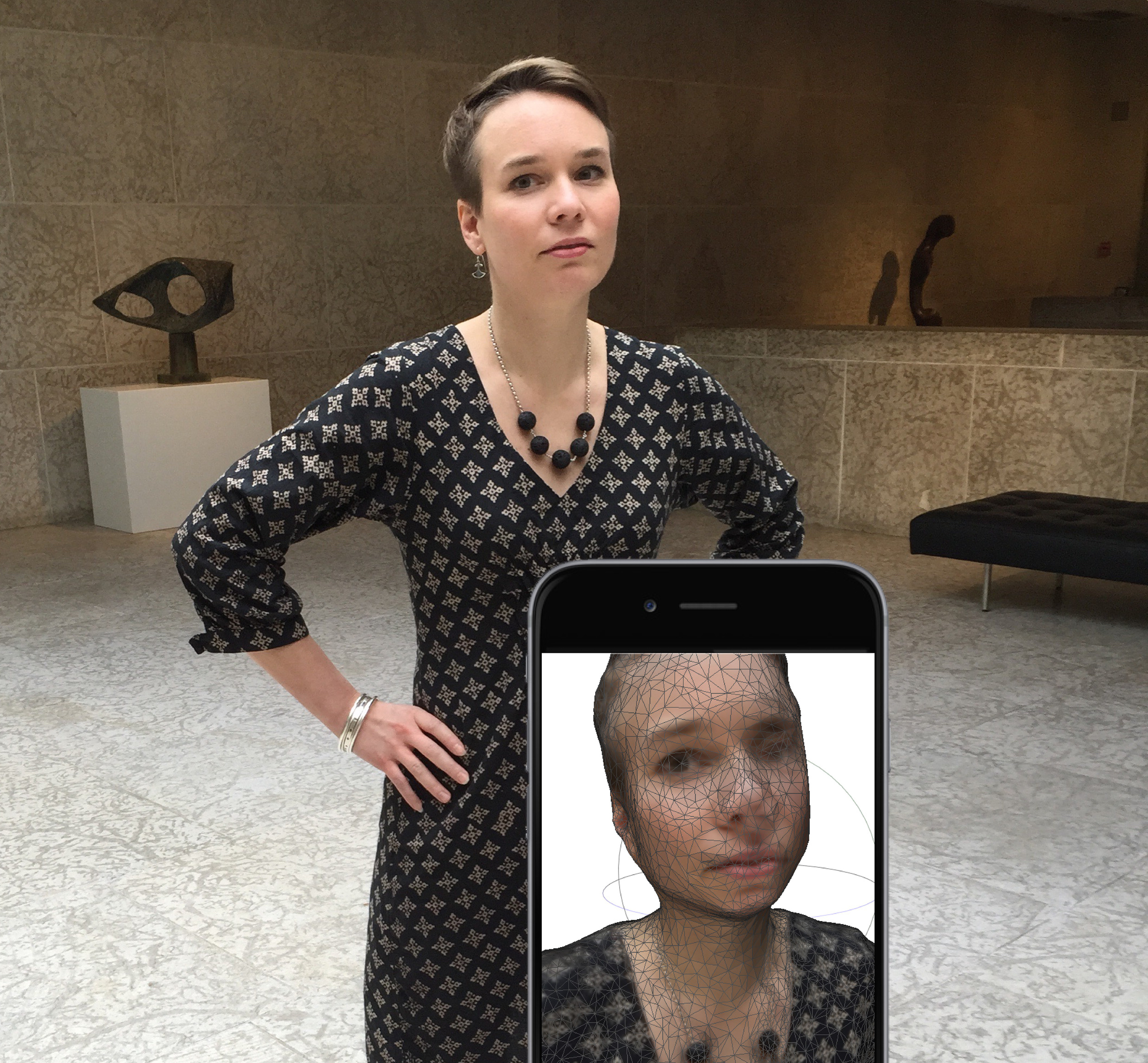
Rumors of an improved iPhone camera could lead to a widespread ability for 3D scanning.
Apple has a lot of cash, and some of it is used to acquire other companies whose technologies are eventually integrated into Apple products. This has happened frequently, with recent examples being TouchID and Beats Music, and older ones that even include iTunes software itself.
Two years ago Apple acquired Primesense, an Israeli company that happened to develop the 3D sensors used in the first version of the Microsoft Kinect. The Kinect hardware became a very popular means of achieving low-cost (and low quality) 3D scanning when matched with custom-made scanning software.
At the time of the acquisition by Apple, it was not clear what use the giant would have for 3D technology. Speculation included things to do with 3D mapping, for example. Now, a report from Matt Sayward suggests there may be another opportunity.
Sayward proposes that a two-camera system in a future iPhone may be used to deliver DSLR-level image quality. He explains:
First up, hardware. Thanks to the A8 and presumably the A9 to come this September, Apple can process images staggeringly fast. They can manipulate images and videos so efficiently that they can render in real time.
Secondly, crucially, software. A picture taken with this two-lens system would essentially have two layers of information. The first layer being the photograph itself, which thanks to its large depth of field shows almost everything within range in focus. The second layer of information is the depth map. By having everything in focus, you could simulate defocusing in different areas simply by tapping on different areas of the photograph.
If this is true, then a future iPhone would include a 3D sensor, a depth camera capable of detecting the distance to every spot within its view.
We propose that should Apple provide software API access to this sensor, it would be possible for someone to build (or port) software to the iPhone that would implement a proper 3D scanning system. Combined with the existing accelerometers and imaging systems, this should be a reasonably capable 3D scanner.
Now imagine a world where every iPhone had 3D scanning capability. Imagine the 3D repositories filling with scanned objects. Imagine the demand for 3D printers increasing as people wish to reproduce their scans. Imagine the demand for 3D print services increasing – especially as the iPhone scanner software would likely hook up directly with them.
Imagine the need for 3D model repair software and services increasing dramatically, as well.
But no such announcements have been forthcoming. Yet.
Via Medium

